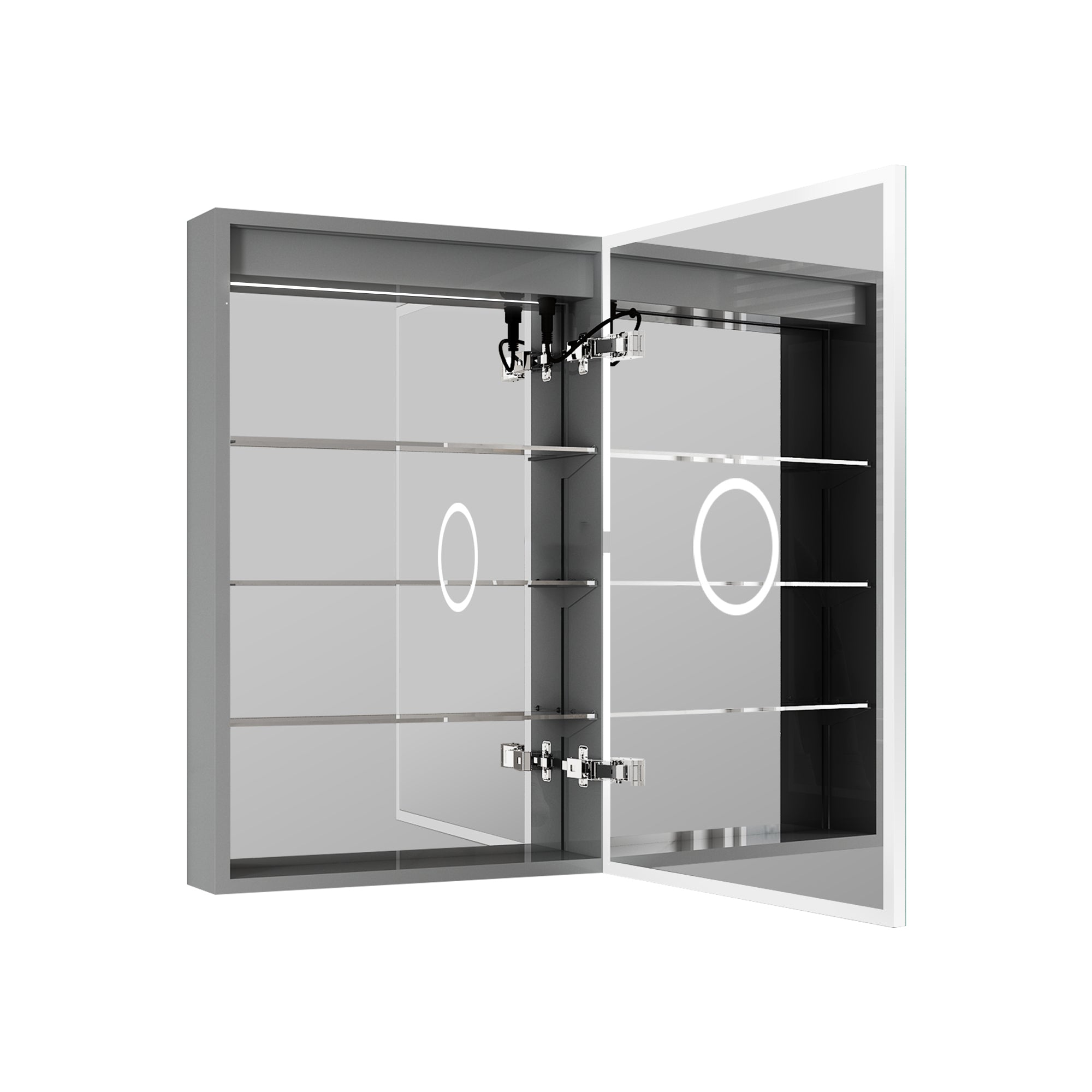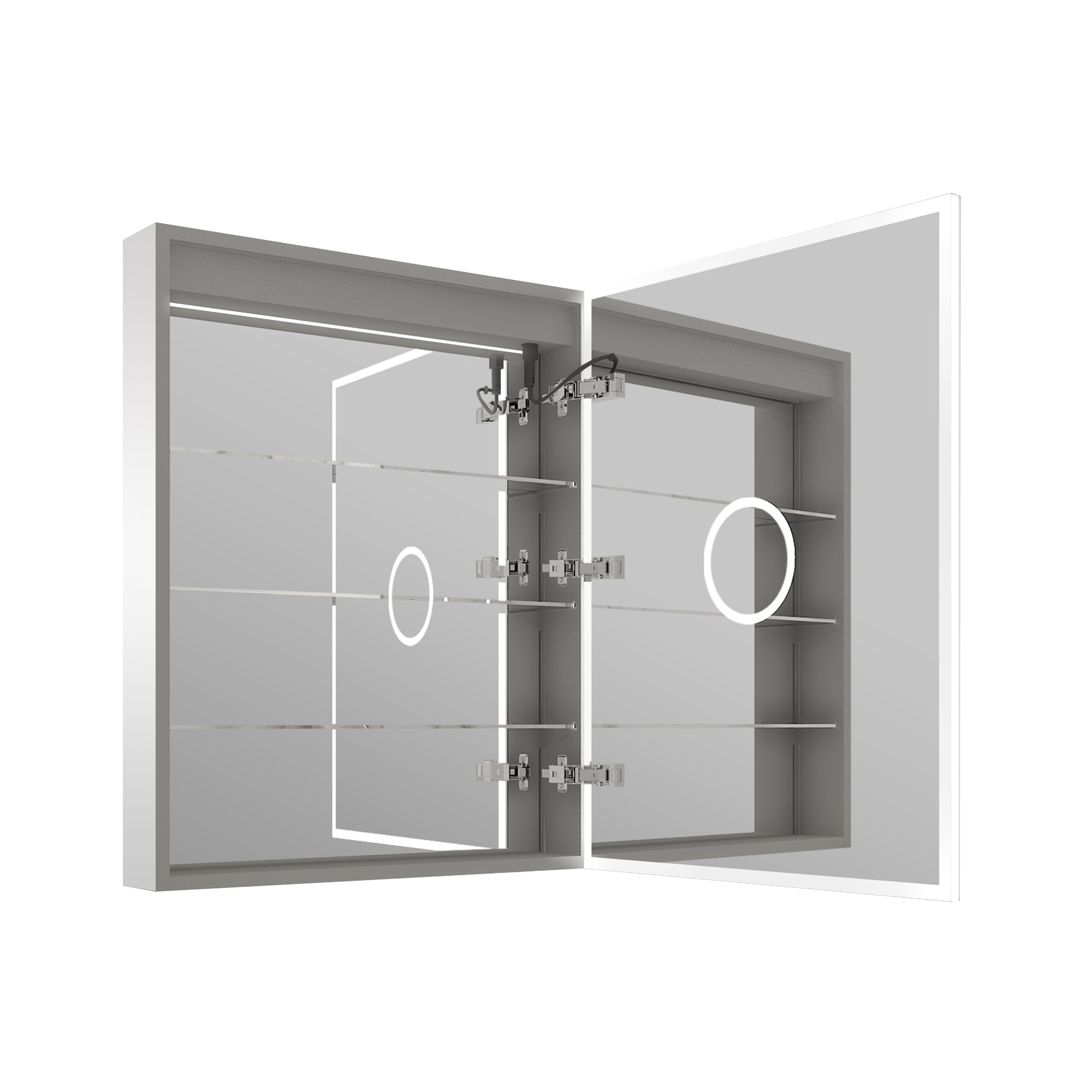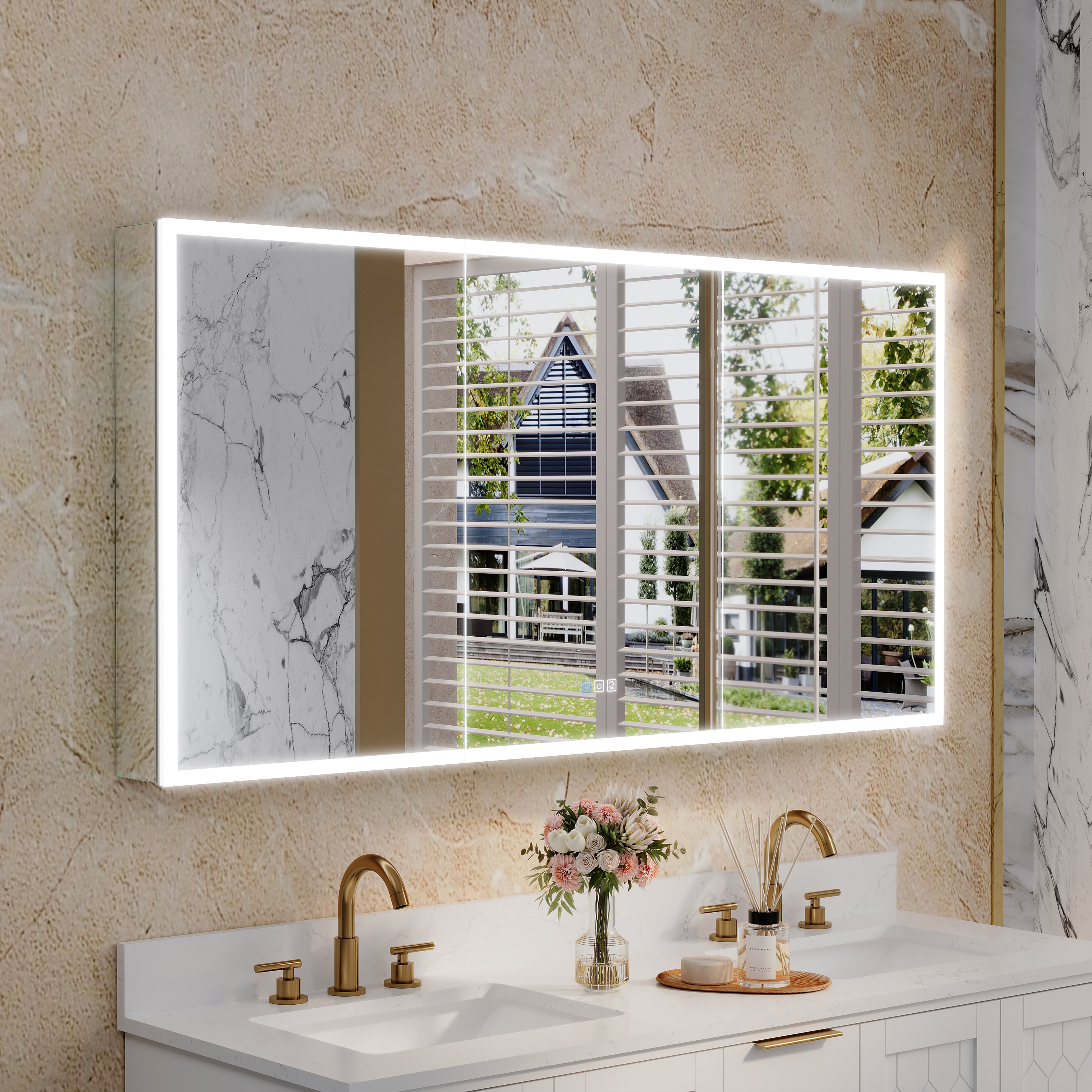Understanding the GPM flow rate of a faucet or shower is crucial. It's not just about knowing how much water you're using.
It's about conserving water, reducing utility bills, and ensuring compliance with local regulations.
In this article, we'll guide you through the process of measuring the GPM flow rate. We'll provide step-by-step instructions, tips for accuracy, and insights into selecting the right fixtures.
Whether you're a homeowner, a DIY enthusiast, or someone interested in water conservation, this guide is for you.
If you're shopping for new bathroom fixtures like rain shower head systems, shower systems, or bath and shower faucet combos, you'll find this information useful.
Let's dive in and learn how to measure the GPM flow rate of a faucet or shower.
Understanding GPM and Its Importance
GPM stands for Gallons Per Minute. It's a measure of how much water flows from your faucet or shower in a minute.
Knowing the GPM flow rate is important for several reasons. First, it helps you understand your water usage.
Second, it can help you save money. By reducing the GPM flow rate, you can lower your water bill.
Lastly, it's crucial for water conservation. By using fixtures with the right GPM rate, you can contribute to saving our planet's precious water resources.
Tools and Materials You Will Need
To measure the GPM flow rate of a faucet or shower, you'll need a few simple tools.
First, you'll need a bucket with a known volume. This will be used to collect the water.
Next, you'll need a stopwatch or timer. This will help you measure the time it takes to fill the bucket.
Here's a quick list of what you'll need:
- A bucket with a known volume
- A stopwatch or timer
Step-by-Step Guide to Measuring Faucet GPM Flow Rate
Measuring the GPM flow rate of a faucet is a straightforward process.
First, ensure the faucet is fully open. This will give you the maximum flow rate.
Next, place your bucket under the faucet. Make sure it's positioned to catch all the water.
Start your stopwatch as you begin to fill the bucket.
Let the water flow into the bucket until it's full.
Stop the stopwatch as soon as the bucket is full.
Record the time it took to fill the bucket.
Also, note down the volume of the bucket.
With these two pieces of information, you can calculate the GPM flow rate.
Step-by-Step Guide to Measuring Shower GPM Flow Rate
Measuring the GPM flow rate of a shower is similar to that of a faucet.
Start by ensuring the shower is fully open. This will give you the maximum flow rate.
Next, position your bucket under the showerhead. Make sure it's catching all the water.
Start your stopwatch as you begin to fill the bucket.
Let the water flow into the bucket until it's full.
Stop the stopwatch as soon as the bucket is full.
Record the time it took to fill the bucket.
Also, note down the volume of the bucket.
With these two pieces of information, you can calculate the GPM flow rate.
The Bucket Method Explained
The bucket method is a simple way to measure the GPM flow rate.
It involves filling a bucket with water from your faucet or shower.
You time how long it takes to fill the bucket.
Then, you divide the volume of the bucket by the time it took to fill it.
This gives you the GPM flow rate.
Calculating GPM: The Math Behind the Measurement
Calculating GPM is a simple process.
You need the volume of water collected and the time it took to collect it.
Divide the volume (in gallons) by the time (in minutes).
This gives you the GPM flow rate.
Here's the formula:
Volume (gallons) / Time (minutes) = GPM flow rate
Factors Affecting GPM Flow Rate
Several factors can affect the GPM flow rate.
One is the water pressure in your home.
Higher pressure can increase the flow rate.
The condition of your pipes also matters.
Old or clogged pipes can reduce the flow rate.
Selecting the Right Fixtures: Rain Shower Head System, Shower Systems, and Bath and Shower Faucet Combo
Choosing the right fixtures is key to managing your GPM flow rate.
For instance, a rain shower head system can offer a luxurious shower experience.
However, it may have a higher GPM flow rate than standard showerheads.
On the other hand, some shower systems and bath and shower faucet combos are designed for water efficiency.
They can provide a satisfying shower while maintaining a lower GPM flow rate.
Maintaining Optimal GPM Flow Rate Over Time
Maintaining an optimal GPM flow rate is not a one-time task.
Over time, factors like mineral buildup can affect your faucet's flow rate.
Regular cleaning, especially of the aerator, can help maintain the desired GPM.
Also, keep an eye on your water bill for any sudden changes, as this could indicate a problem with your flow rate.
Final Thoughts
Understanding and managing the GPM flow rate of your faucets and showers is a crucial part of water conservation.
By following the steps outlined in this guide, you can ensure optimal water usage, save on your utility bills, and contribute to a more sustainable environment.
















Leave a comment
This site is protected by hCaptcha and the hCaptcha Privacy Policy and Terms of Service apply.